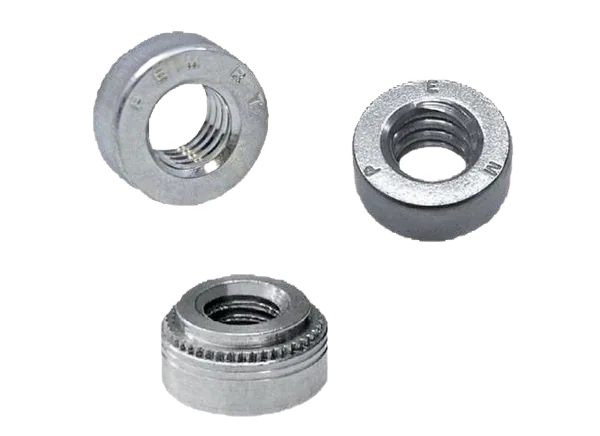Hardware Guidelines
Hardware insertion is the process of installing PEM nuts, studs, standoffs, and other fasteners into sheet metal parts. These components are essential for the assembly of sheet metal parts and are often used to attach other components like PCBs, panels, and other sheet metal parts.

Hardware, specifically PEM nuts, are a significant component in sheet metal fabrication, especially when it comes to enhancing the assembly and robustness of sheet metal parts. PEM nuts are a type of self-clinching fastener that, when installed into a pre-cut hole and subjected to sufficient force, clinches into the sheet metal, creating a permanent and strong thread in thin metal sheets.
One of the main advantages of PEM nuts is their capacity to provide strong load-bearing threads in sheet metal applications where it may otherwise be challenging to achieve robust, threaded connections. They are ideal for use with thin sheet metal components where cutting threads (like tapping) is not sufficient.
PEM Nuts
| Name | Units | Hole Size | Outer Diameter | P/N | Stainless P/N |
|---|---|---|---|---|---|
| No data | |||||
PEM Flush Nuts
| Name | Units | Hole Size | Outer Diameter | P/N | Stainless P/N |
|---|---|---|---|---|---|
| No data | |||||
PEM Studs
| Name | Units | Hole Size | Outer Diameter | P/N | Stainless P/N |
|---|---|---|---|---|---|
| No data | |||||
PEM Standoffs
| Name | Units | Hole Size | Outer Diameter | P/N | Stainless P/N |
|---|---|---|---|---|---|
| No data | |||||
PEM Blind Standoffs
| Name | Units | Hole Size | Outer Diameter | P/N | Stainless P/N |
|---|---|---|---|---|---|
| No data | |||||